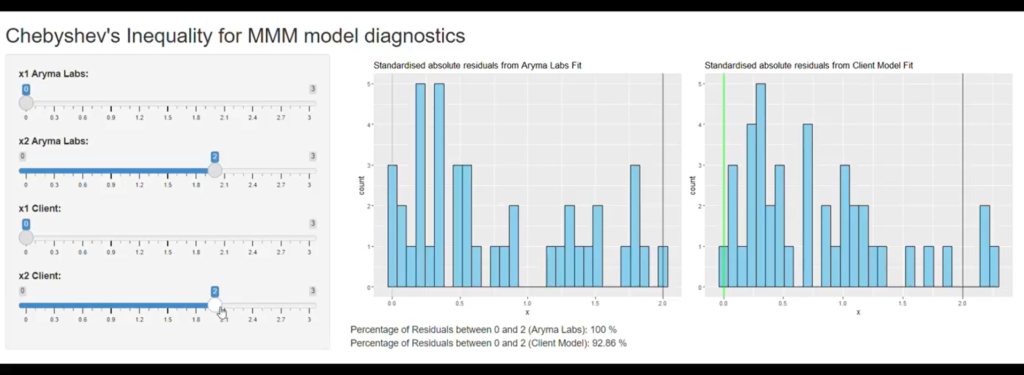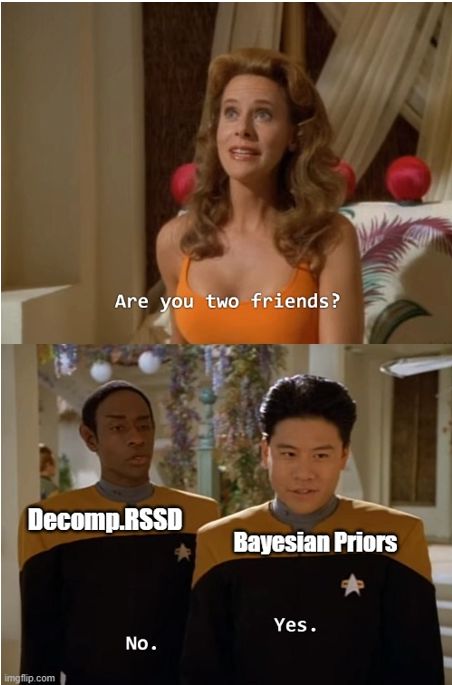Couple of weeks back I wrote a post on “Why we report both confidence Interval and Prediction Interval in our MMM models.”
If one were to notice the shape of the confidence Interval, one would notice that it is in the shape of ‘hourglass’ or ‘sand clock’.
Now why is that?
Well, the answer again boils down to what Regression does and what Confidence Interval calculates.
💡In Linear Regression, we we don’t model the raw response, rather we model the conditional mean (expected value) -> E(Y|X).
💡In Linear Regression, the line or plane passes through (x̄,y̅)
💡Secondly, in confidence Interval we try to see whether the conditional mean (the parameter) is present in the interval or not.
We basically answer the question of “If we were to do this Linear Regression again and again (in a way redrawing samples from the population), then does the CI constructed each time contain the true parameter or not”? If in 95% of the cases, we do end up having the true parameter, then we are set to have 95% CI.”
Now that we have the two pieces of information that a regression line or plane passes through (x̄, y̅)
and that CI is an interval to see the presence of the parameter.
It becomes clear to us that the point (x̄, y̅) kind of acts like a fulcrum.
Talking about fulcrum, one might find it relatable that ‘moments’ in statistics has a physics origin !! It must be noted that ‘Mean’ is the first raw moment.
Now with the analogy that (x̄, y̅) acting like a fulcrum, you can imagine this regression line to be like a see-saw. If the fulcrum is at the Centre, one can easily see that the movement at the Centre is limited and while at the ends the movement is more pronounced.
Now with all these reasons, I hope one can see why the confidence interval has an hour glass shape.
Resources:
Why we report both confidence Interval and Prediction Interval in our MMM models – https://www.linkedin.com/posts/venkat-raman-analytics_linearregression-statistics-datascience-activity-7112420792360996864-ZOMM?utm_source=share&utm_medium=member_desktop
Moments and physics connection – https://www.linkedin.com/posts/venkat-raman-analytics_statistics-datascience-machinelearning-activity-7087298528087060480-aZkS?utm_source=share&utm_medium=member_desktop
Shape of Confidence Interval Stack exchange answer – https://stats.stackexchange.com/a/85565




